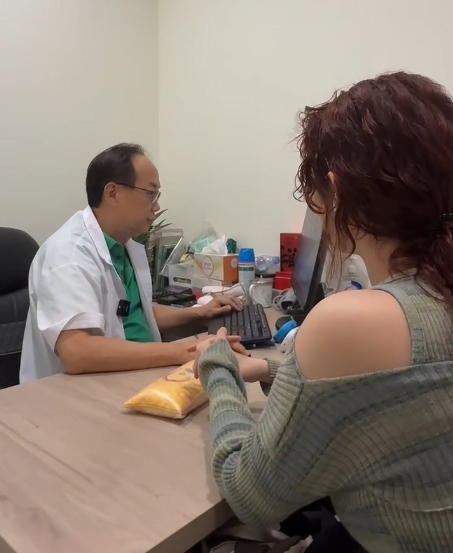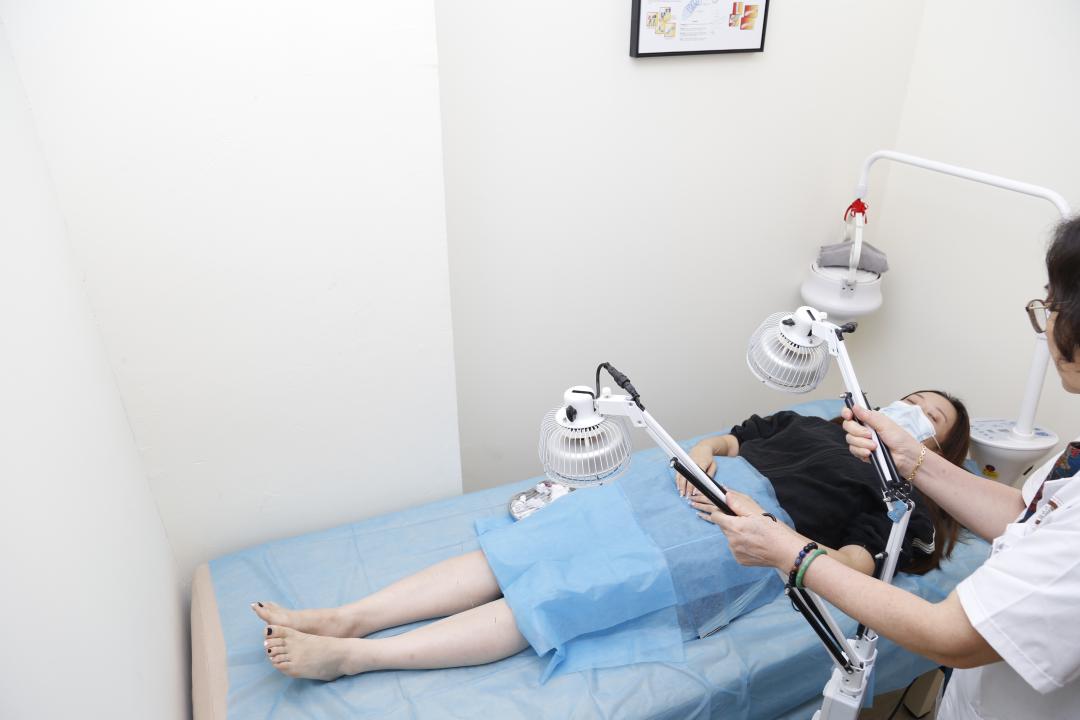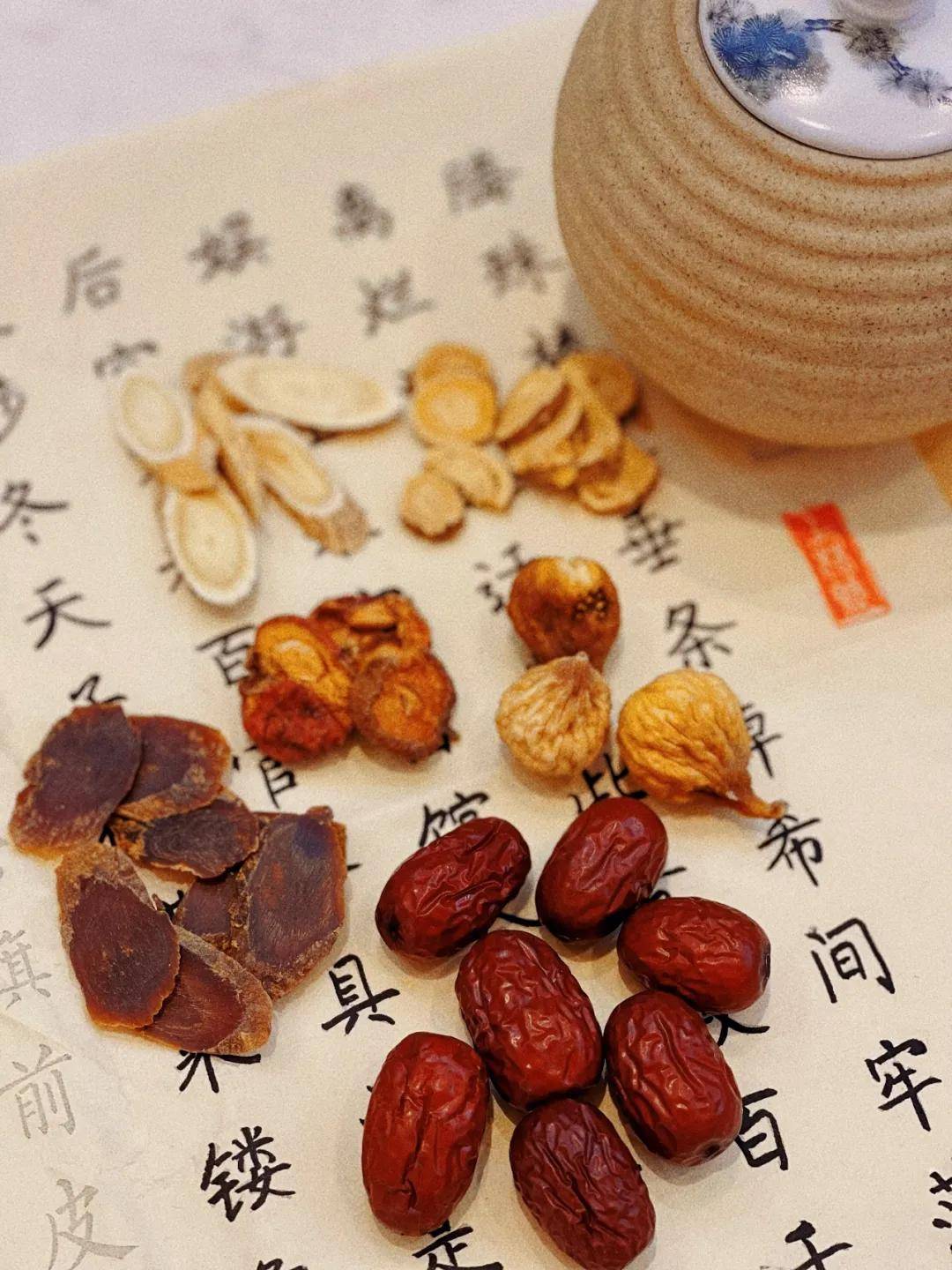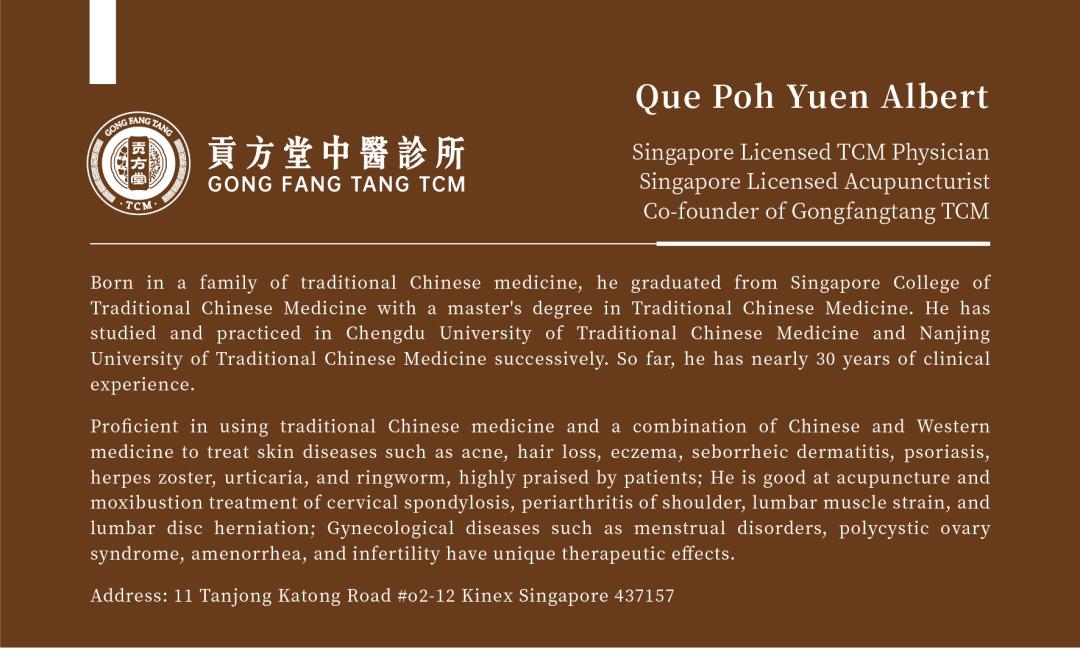- Physicians
- Clinics
- TCM
- Western GP
-
Fees
-
Deals & Privileges
- About & Resources
- Contact Us
In Singapore, many women experience debilitating migraines around their menstrual cycle. These headaches typically manifest as intense throbbing pain in the temples or one side of the head, accompanied by nausea, light sensitivity, and even disruptions to daily work. This type of headache, closely tied to the menstrual cycle, is termed "menstrual-associated migraine."
Dr. Qiu Baorun from Singapore’s Gong Fang Tang TCM Clinic explains that such "menstrual migraines" are closely linked to fluctuations in women’s qi and blood balance, as well as dysfunction of internal organs. Recurrent episodes can deplete qi and blood, adversely affecting overall health.

Menstrual migraines often arise from specific qi-blood imbalances during menstruation, with three common TCM patterns:
Liver Blood Deficiency
Mechanism: During menstruation, blood flows downward to the uterus, leading to relative liver blood deficiency. This deprives the head of nourishment.
Symptoms: Dull headaches, pale complexion, scanty light-colored menstrual flow.
Liver Fire Hyperactivity
Mechanism: Emotional stress or anxiety causes liver stagnation transforming into fire. During menstruation, qi and blood surge upward, triggering intense headaches.
Symptoms: Severe headaches, flushed face, bitter taste in the mouth, heavy or early menstrual flow.
Blood Stasis Obstruction
Mechanism: Cold exposure or prolonged inactivity during menstruation stagnates qi and blood, leading to stasis.
Symptoms: Stabbing headaches, dark menstrual blood with clots, abdominal pain worsened by pressure.

Dr. Qiu emphasizes a dual approach: pattern differentiation and cycle-specific care. Treatment is tailored to menstrual phases:
1. Pre-Menstrual Phase: Soothe the Liver, Nourish Blood
Herbal Formulas:
For liver fire: Modified Chai Hu Shu Gan San (Bupleurum, Cyperus, White Peony) to clear stagnation.
For blood deficiency: Si Wu Tang with wolfberry and glossy privet fruit to nourish the liver.
Acupuncture: Taichong (LR3), Sanyinjiao (SP6), and Fengchi (GB20) to regulate qi-blood flow. Many patients report reduced tension after sessions.
2. Menstrual Phase: Regulate Qi, Activate Blood
Herbal Additions: Chuanxiong, Salvia, and Peach Seed for blood stasis;蔓荆子 (Vitex) and白芷 (Angelica) for acute pain relief.
Diet: Avoid cold foods (e.g., iced drinks, watermelon). Opt for ginger-red date tea (warms meridians) or红糖小米粥 (brown rice congee) to replenish qi-blood.
3. Post-Menstrual Phase: Strengthen Root Health
Herbal Tonics: Astragalus, Codonopsis, and Donkey-hide Gelatin to replenish qi-blood. Add Cuscuta and Eucommia for kidney deficiency.
Lifestyle: Prioritize sleep (avoid late nights), practice Baduanjin exercises, and avoid sleeping with damp hair post-shower to prevent wind-cold invasion.

Patient: Ms. Chen, 35, Bank Employee
Complaint: 5-year history of unilateral migraines starting 2 days pre-menstruation, reliant on painkillers.
Diagnosis: Liver fire with blood stasis.
Treatment:
Herbs: Pre-menstrual formula with Bupleurum, Scutellaria, and Moutan to clear fire; Chuanxiong and Safflower for stasis. Post-menstrual Guipi Tang to tonify qi-blood.
Acupuncture: Taichong (LR3), Hegu (LI4), and Baihui (GV20) twice weekly.
Habits: Replaced late-night phone use with warm foot baths (mugwort + ginger).
Outcome: After 3 cycles, migraine frequency halved; pain intensity reduced. By 6 months, painkiller dependency ceased.

TCM emphasizes individualized diagnosis and treatment. Each patient receives a personalized formula, with herbal types, dosages, and combinations tailored to their specific condition. Medications must be prescribed and adjusted under the guidance of a qualified TCM practitioner based on pattern differentiation. Self-medication is strictly discouraged.